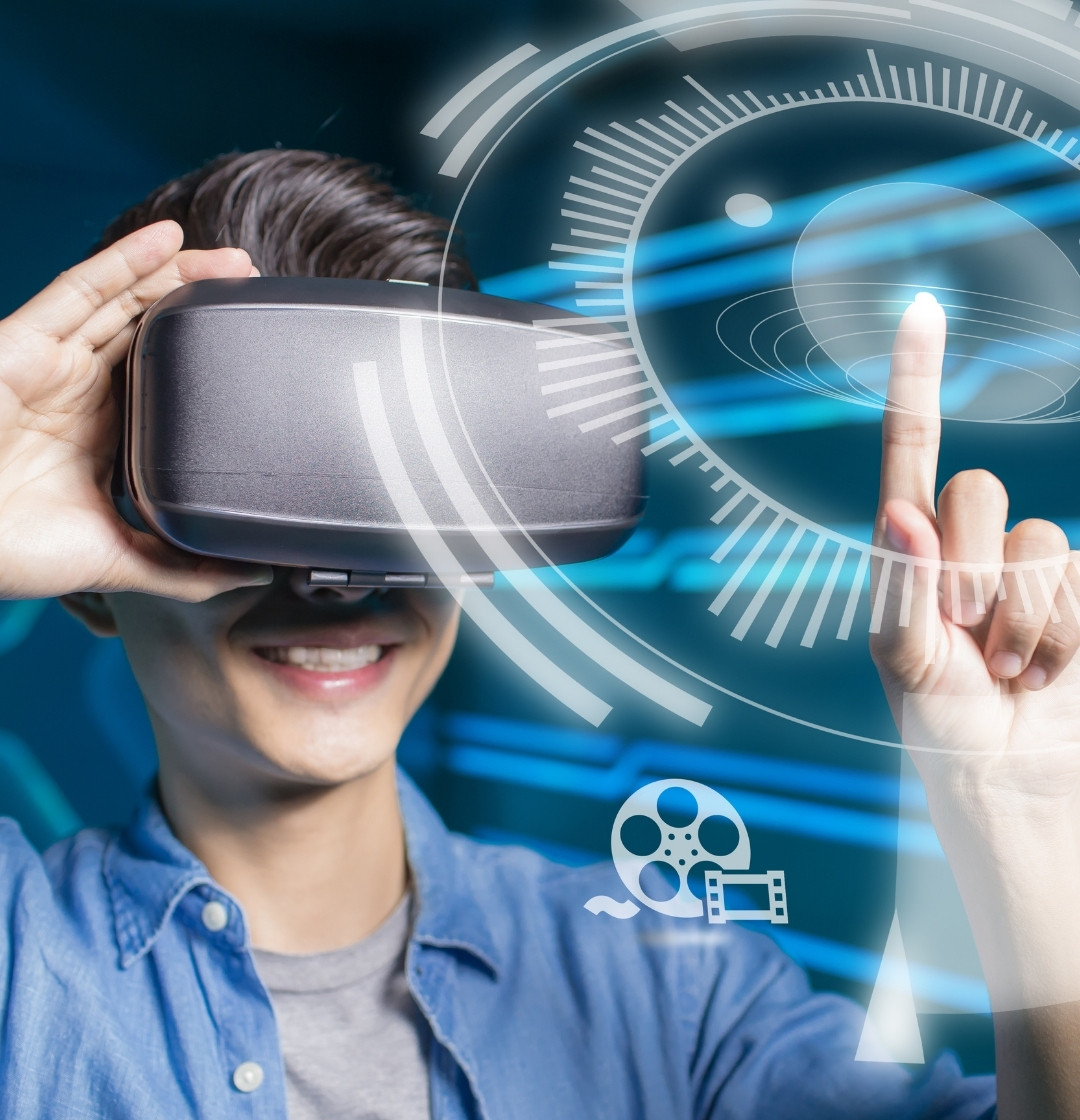What Are AR and VR in Digital Marketing?
Why AR and VR Matter in 2025’s Marketing Landscape
How to Increase Customer Experience AR and VR
Implementing Immersive Technologies in Marketing Strategies
To successfully integrate AR/VR, follow these steps:
Benefits of Virtual Reality in Brand Storytelling
Augmented Reality Applications for Product Demonstrations
Creating Personalized Marketing Experiences with AR and VR
Immersive content doesn’t just wow users—it can be personalized. Examples include:
How MetaLogic Digital Helps Brands with AR/VR Marketing
At MetaLogic Digital, we empower brands to adopt immersive technologies in practical, profitable ways.
Conclusion: The Future of Marketing is Immersive
Frequently Asked Questions
Frequently asked questions

01
Which industries benefit the most from AR and VR marketing?
Retail, fashion, real estate, education, motor vehicle, travel, and events see the highest ROI from immersive experiences.. But any brand can benefit with the right strategy.
02
Do customers need special devices to experience AR or VR?
No. Many AR experiences work via smartphone cameras or web browsers.VR often requires a headset but mobile-based VR is also receiving traction.
03
How expensive is it to apply AR or VR in marketing?
Costs vary. AR filters and simple product visualizations can be relatively affordable. VR experiences are more complex but scalable based on your budget.
04
How do I measure the success of AR/VR campaign?
Track Matrix such as dwell time, click-wealth rate, interaction rate, conversion rate and user response. MetaLogic Digital provides full analytics support for immersive campaigns.


Let’s work together
Looking for expert-led digital solutions? Contact Us



